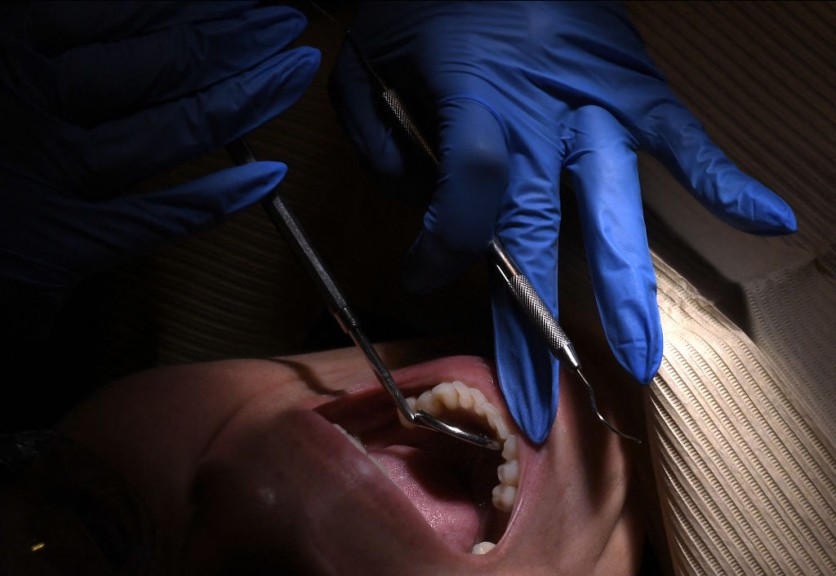Brushing and flossing your teeth are important, but it's one of the most mundane tasks you need to do every day. However, the tasks become a challenge for those who lack the manual dexterity to clean their teeth.

A Robot to Aid With Brushing and Flossing
Scientists have developed a shapeshifting robotic microswarm that may, one day, be the answer to the mundane tasks for oral health, based on Phys Org. A team from the University of Pennsylvania is on a mission to offer a new and automated way to perform the mundane through the microrobot.
The microrobot is built with iron oxide nanoparticles with catalytic and magnetic activity. With the use of a magnetic field, the researchers can direct their motion to form bristle-like structures that can clear away dental plaque from the broad surfaces of teeth or elongated strings that can slip between teeth like a length of floss.
Also Read: Japan is World´s Number One Robot Maker
Experiments done to test the system showed that the robotic assemblies can conform to various shapes to eliminate the sticky biofilms that lead to cavities and gum disease.
According to senior research investigator in Penn's School of Engineering and Applied Science Edward Steager, "We form bristles that can extend, sweep, and even transfer back and forth across space, much like flossing. The way it works is similar to how a robotic arm might reach out and clean a surface."
He also said that the system can be programmed to perform the nanoparticle assembly and motion control automatically. The team also said that it won't matter whether a person has straight or misaligned teeth because they can adapt to different surfaces.
The system is fully programmable as the team used variations of the magnetic field to tune the motions of the microrobots and control the stiffness and length of the bristles. As a result, they found the tips of the bristles to be made firm enough to eliminate biofilms but soft enough to avoid gum damage.
Due to the customizable nature of the system, the team is confident that they can make it gentle enough for use in a clinical setting. Also, they can personalized it to adapt to unique topographies.
The team is also optimizing the motions of the robot. They are also considering different ways to deliver microrobots through mouth-fitting devices. Indeed, the team is extremely eager to help patients through the device.
Soon enough, the device will be able to help people with disabilities which can be incredibly helpful. Many people have difficulty cleaning their teeth to begin with, and they are often in pain and uncomfortable. This technology could be a great way to help them.
Related Article: Offensive Robot? Experiment Finds Flawed AI Making Racial and Gender Stereotypes
This article is owned by TechTimes
Written by April Fowell
ⓒ 2025 TECHTIMES.com All rights reserved. Do not reproduce without permission.




